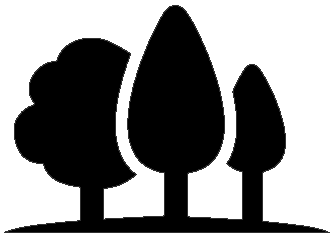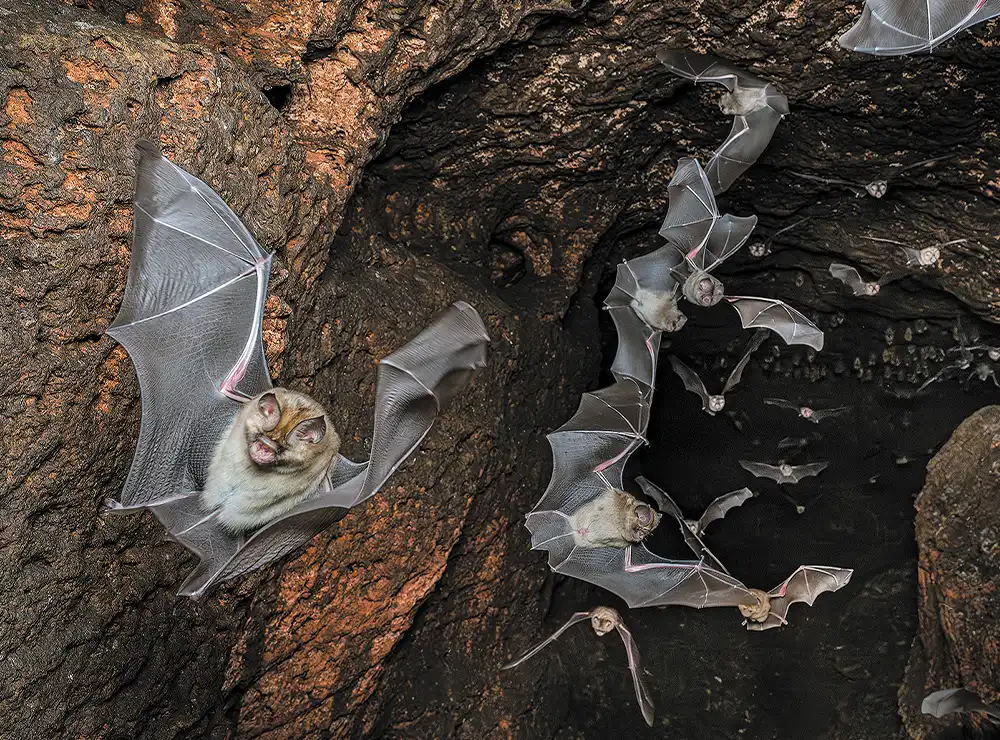

Guano Guidelines


BCI, Gorongosa scientists, and the GuanoMoz team documenting one of the caves slated for bat guano extraction.
Photo: Piotr Naskrecki, Ph.D.
Balancing resources
The opportunity to monitor these particular caves presented itself when the guano mining company GuanoMoz requested assistance in implementing scientists’ recommendations for minimizing the impact of the extraction operations on bat populations.
“As far as we’re aware, this is one of the first times it’s been attempted to figure out if there is such a thing as sustainable guano harvesting,” says Isabella Mandl, Ph.D., BCI’s Regional Director for Africa and South Asia.
Sustainable guano extraction
—Isabella Mandl

Ultimately, the goal is to establish standards for sustainable guano extraction in caves. “We want to make sure that the conditions to allow for recovery of the guano deposits would be protected,” Weber says. “That means we need the bats. We need other organisms that can survive in the caves even though extraction is happening so that the ecosystem stays healthy and intact.”